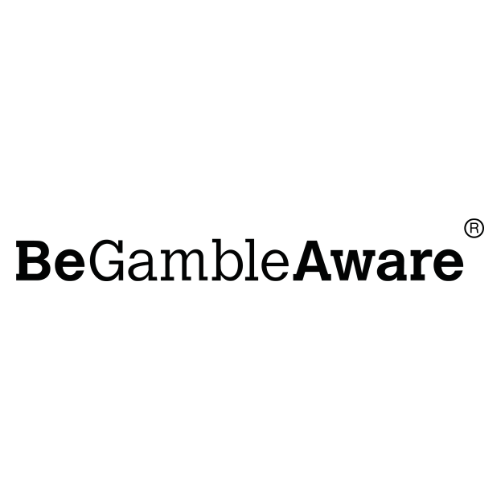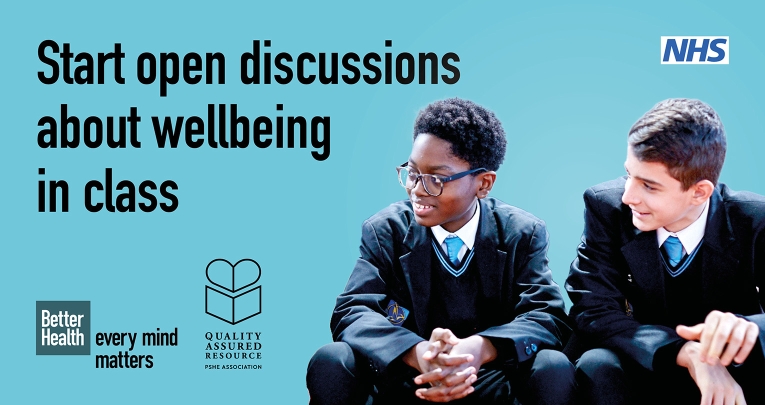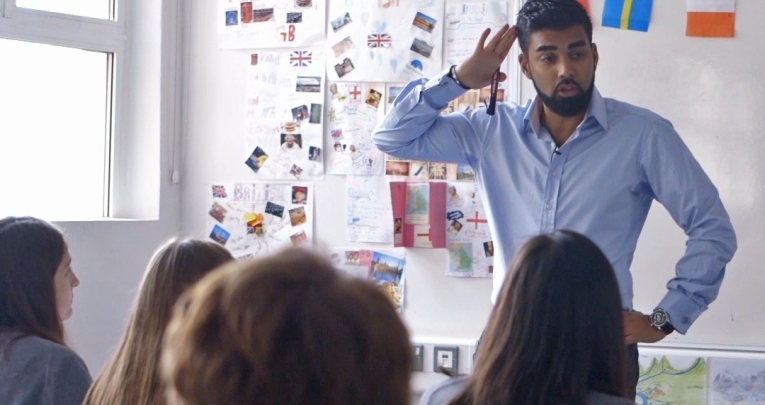Delivering safe, effective education on the topic of gambling is crucial.
It is illegal for any child under 16 years old to take part in any form of commercial gambling, other than using Category D gaming machines such as coin pushers or crane grabs.
Understanding the risk
The 2022 Young People and Gambling Report, published by the Gambling Commission, found 31% of 11- to 16-year-olds spent their own money on gambling or a gambling-related activity in the 12 months prior to the study.
Understanding the relationship between children and gambling is complex. In adolescence it’s associated with a range of harms including physical symptoms like loss of sleep. It’s also associated with missing or dropping out of school, family disruptions, and substance use/drug addiction.
Gambling harms can affect anyone and young people are growing up in a society where gambling is common, highly visible and normalised.
We must protect the children in our communities from developing disordered gambling. To do so, we must raise awareness about the harms that exist if you engage in it.
Online gambling
Research has shown that 96% of 11–24-year-olds are exposed to gambling marketing activities. Evidence also shows that exposure to gambling advertising, including on social media, can have an impact on attitudes towards the prevalence and acceptability of gambling.
This can, in turn, impact the likelihood that a child, young person, or vulnerable adult will gamble in future.
Smartphones, apps and social media have vastly expanded the industry’s marketing possibilities, reach and prevalence.
Quality PSHE resources around gambling addiction
GambleAware has produced an impressive collection of early intervention and prevention tools offering training, resources, activities, advice, tools and tips to teachers, youth practitioners and parents.
Focusing on mental health
The focus of the GambleAware materials is to put mental health issues and wellbeing at the top of the agenda.
GambleAware aims to inform students about the risks, helping prevent them from experiencing gambling related harms in the future.
Its key resource for secondary students is the Gambling Education Toolkit, a bumper 202-page free resource that provide you with everything you need to help your students. This includes detailed lesson plans and up-to-the minute information for all stakeholders to learn from.
You’ll discuss a range of issues, including several common myths about gambling harms. The resource also covers the cycle of gambling disorder, risk factors, gaming and best practice in gambling education.
The toolkit provides developmental and age-appropriate materials with a strong focus on promoting awareness-raising and prevention.
Its lesson plans focus on six topics that are perfect for building into a gambling awareness programme:
1. What is gambling?
2. Why is it an issue?
3. How does gambling work?
4. How can it be a risk?
5. What is gambling harm?
6. How to reduce the risk of harm
Inside the toolkit
These well-written, creative and flexible plans contain a number of fun, interactive and educational activities to kick-start conversations and fuel thinking.
This includes ice-breakers, games and quizzes. Each comes with:
- a description of how to facilitate the activity
- any handouts needed to deliver it, including answer sheets for practitioners
- suggestions for talking points
Key to the toolkit are explorations about gambling and its consequences. Students will also learn about why people might choose to do it, and how the industry influences their choices and tries to engage them.
Teenagers can also learn about how to manage pressure or influence to gamble and access support if worried about themselves or others.
While the toolkit is targeted at KS3 learners, it can be used more widely if appropriate to your class.
Resilience
Also available via GambleAware is Gambling – a PSHE Quality Assured teaching resource to promote resilience to gambling.
There’s also an expert-informed podcast episode called Reducing the odds of gambling harm through PSHE.
You will also find case studies and resources for parents and guardians via Parent Zone. These educate about the latest trends such as skin gambling.
The resources teach and inform about the harms of gambling and gaming. They cover the concept of risk and how gambling and gaming products and their respective industries function.
Children will get the chance to debate and use critical thinking skills.
The resources value the role of critical citizenship and agency by allowing students, teachers, and parents to engage with the issues associated with gambling and gaming in meaningful and effective ways to prevent harm.
Understanding disordered gambling
Rather than the adult population, it’s children and young people who are the fastest-growing sector of gamblers. However, the vast majority have never received a focused message on the negative consequences.
This is why the host of resources from GambleAware play such an important role in PSHE lessons.
Gambling related harm
GambleAware’s resources really bring into focus the idea that gambling related harm can be financial, relational, emotional, psychological, and/or physical.
It impacts on the wellbeing of individuals, families, and communities, regardless of wealth, education or gender.
If teenage gambling isn’t halted early, it can have devastating consequences that affects the rest of children’s lives.
Educating students about gambling
We must educate our students about the potential dangers of gambling. While most teenagers don’t have the resources available to accumulate significant amounts of debt, certain gambling patterns may emerge when they gain more independence as working adults.
Underage gambling is tremendously dangerous to the wellbeing of children in our community. Together, we can educate our young about the risks.
Gambling has an inherent element of risk. Adolescence is a period of development characterised by high rates of risk-taking behaviour, novelty seeking, and impulsivity in a variety of settings.
The prevention strategies contained within the GambleAware resources can help improve the knowledge base of students and significantly reduce misconceptions. This results in more realistic attitudes towards gambling.
Download free GambleAware resources.












